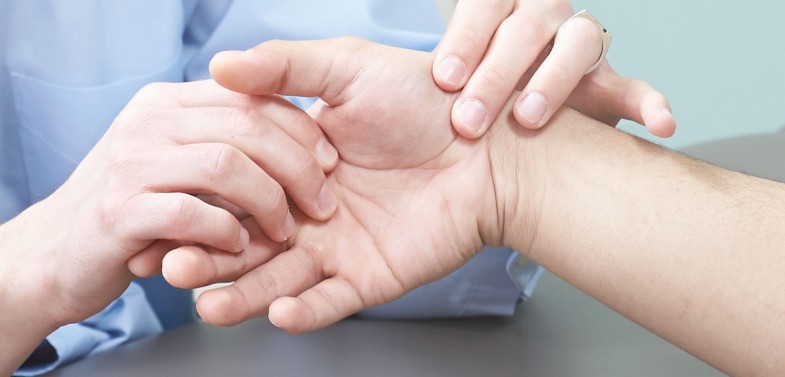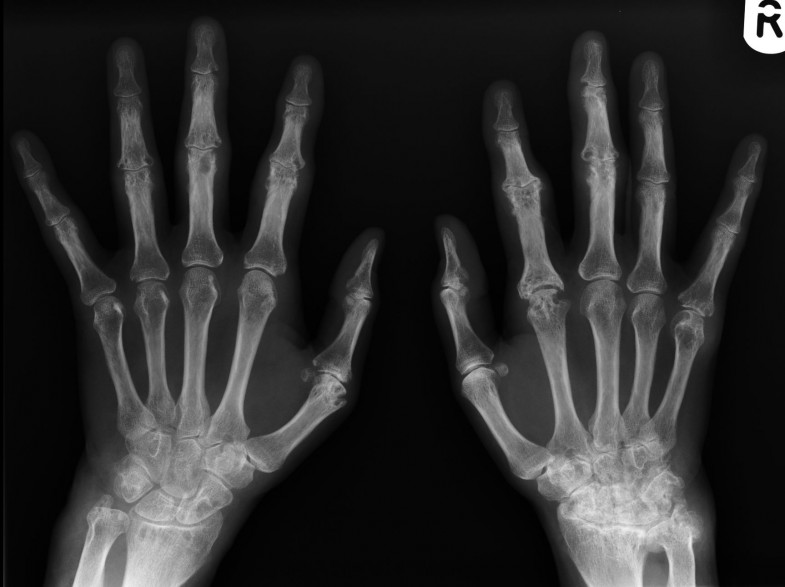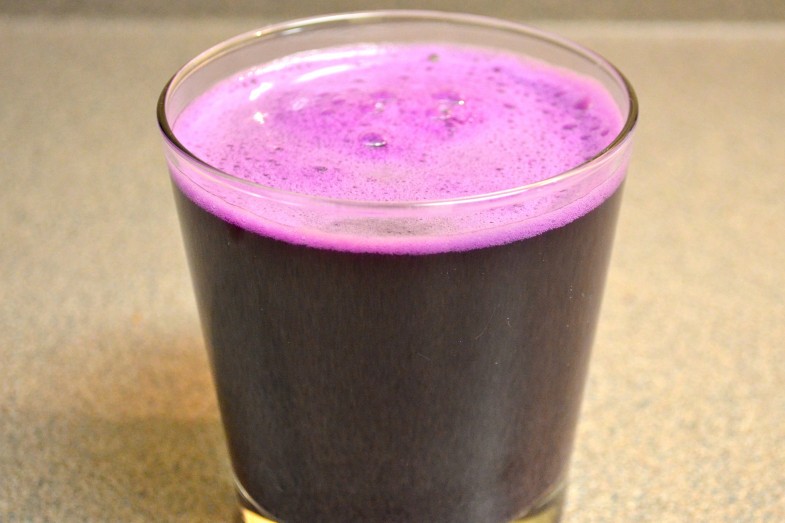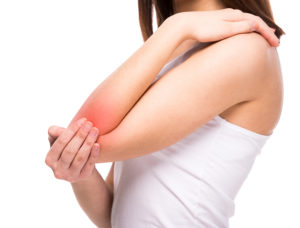
That may seem like an odd question, but the answers one gets may help explain some general misinformation.
The number one answer many people give is heart disease. While heart disease is the number 1 cause of deaths for people over the age of 65, it’s not the number 1 health condition that older people endure.
The second answer one general hears is cancer, but again, that would be wrong. It’s not cancer.
The number 1 health condition facing older individuals is arthritis. According the Center for Disease Control, 49.7% of adults over the age of 65 will suffer from some form of arthritis, but that does come with a caveat.
Depending upon the source, the term arthritis can refer to between 100 to 200 forms of diseases and conditions that affect joints and the tissues associated with the joints. These are further broken down into 7 main groups:
- Inflammatory arthritis – Inflammation is a normal part of the body’s healing process. The inflammation tends to occur as a defense against viruses and bacteria or as a response to injuries such as burns. However, with inflammatory arthritis, inflammation occurs in people for no apparent reason. Inflammatory arthritis is characterized by damaging inflammation that does not occur as a normal reaction to injury or infection. This type of inflammation is unhelpful and instead causes damage in the affected joints, resulting in pain, stiffness and swelling.
- Degenerative or mechanical arthritis – Degenerative or mechanical arthritis refers to a group of conditions primarily involving damage to the cartilage that covers the ends of the bones. The main job of the smooth, slippery cartilage is to help the joints glide and move smoothly. This type of arthritis causes the cartilage to become thinner and rougher. To compensate for the loss of cartilage and changes in joint function, the body begins to remodel the bone in an attempt to restore stability. This can cause undesirable bony growths to develop (osteophytes), or cause the joint to become misshapen. This condition is commonly called osteoarthritis.
- Soft tissue musculoskeletal pain – Soft tissue musculoskeletal pain is felt in tissues other than the joints and bones. The pain often affects a part of the body following injury or overuse, such as tennis elbow, and originates from the muscles or soft tissues supporting the joints. Sometimes if the pain is more widespread and associated with other symptoms, it could be diagnosed as fibromyalgia.
- Back pain – Back pain can arise from the muscles, discs, nerves, ligaments, bones or joints. Back pain may even be caused by problems with organs inside the body, and can be a result of referred pain, i.e. a problem elsewhere in the body that causes a sensation of pain in the back. Back pain may have a specific cause, such as osteoarthritis – often called spondylosis when it occurs in the spine – which may be visible on diagnostic imaging or physical examination. A “slipped” disc is another cause of back pain, as is osteoporosis (thinning of the bones). In most cases it is not possible for a doctor to identify the exact cause of back pain – this is often described as “non-specific” pain.
- Connective tissue disease – Connective tissues are tissues that support, bind together or separate other body tissues and organs. They include tendons, ligaments and cartilage. Joint pain is a symptom of CTD, but the inflammation that characterizes CTD may also occur in other tissues including the skin, muscles, lungs and kidneys. This can result in a diverse range of symptoms besides painful joints and require consultation with a number of different specialists.
- Infectious arthritis – A bacterium, virus or fungus entering the joint can sometimes cause inflammation. Organisms that can infect joints include:
- Salmonella and Shigella (food poisoning or contamination)
- Chlamydia and gonorrhea (sexually transmitted diseases)
- Hepatitis C (a blood-to-blood infection, often through shared needles or transfusions).
In most of these cases, the joint infection can be cleared with antibiotics or other antimicrobial medication. However, the arthritis can sometimes become chronic, and/or joint damage may be irreversible if the infection has persisted for some time.
- Metabolic arthritis – Uric acid is a chemical created when the body breaks down substances called purines. Purines are found in human cells and several foods. Most uric acid dissolves in blood and travels to the kidneys. From there, it passes out in urine. Some people have elevated levels of uric acid because they either naturally produce more than is needed or their body cannot clear the uric acid quickly enough. Uric acid builds up and accumulates in some people and forms needle-like crystals in the joint, resulting in sudden spikes of extreme joint pain or a gout attack.
Arthritis can affect younger people, but is more common as people age. It affects women and men and can make simple daily tasks difficult and even impossible. Many women like to sew, quilt, darn, knit and other hand-oriented crafts, but these activities can be greatly hindered by many forms of arthritis.
If you experience joint pain anywhere in your body, see a physician. Some forms of arthritis are curable, depending upon the cause and some are better managed with medications and location specific activities. There may be ways to help to make your pain ease off and make your life easier.




















